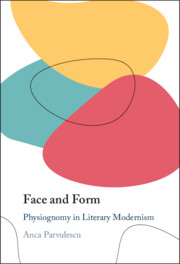Face and Form
Faces, faces, faces – faces everywhere! Modernism was obsessed with the ubiquity of the human face. Thomas Mann, Marcel Proust, Virginia Woolf, Gertrude Stein, and, later, Kōbō Abe framed their literary projects around the question of the face, its dynamic of legibility and opacity. In literary modernism, the face functioned as a proxy for form, memory, intermediality, or difference – and combinations thereof. The old pseudo-science of physiognomy, which assumed faces to be sites of legible meaning, was in the process reconfigured. Modernist faces lost their connection to interiority, but remained surfaces of reading and interpretation. As such, they also became canvases for creative appropriation, what Mina Loy called auto-facial-construction. The modernist overinvestment in faces functions as a warning against the return of physiognomy in contemporary technologies of facial recognition.
Anca Parvulescu is Liselotte Dieckmann Professor in Comparative Literature at Washington University in St. Louis. She is the author of Laughter: Notes on a Passion (2010), The Traffic in Women’s Work: East European Migration and the Making of Europe (2014), and, with Manuela Boatcă, Creolizing the Modern: Transylvania across Empires (2022).
